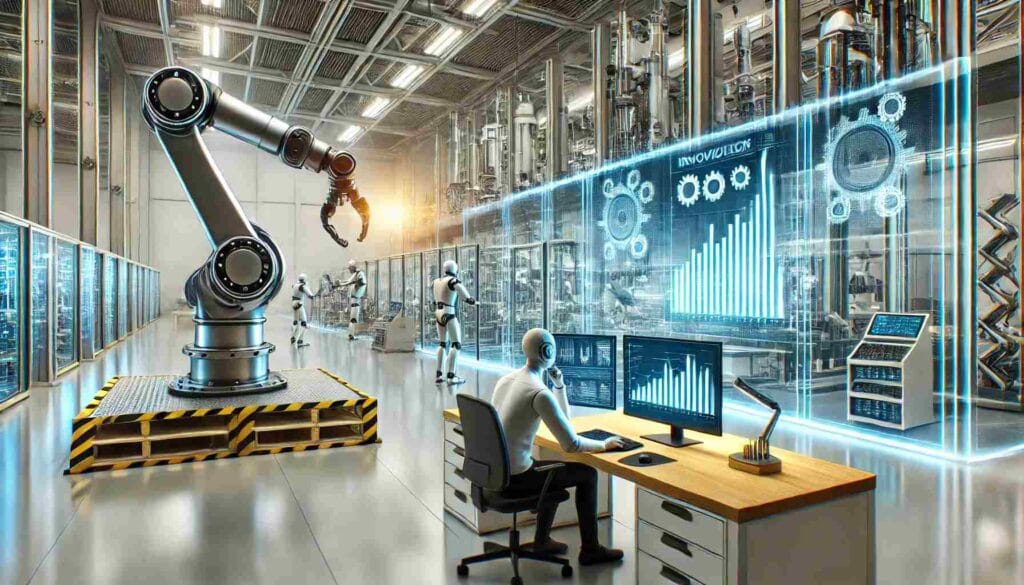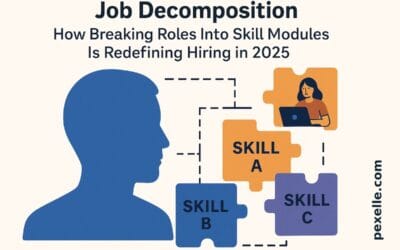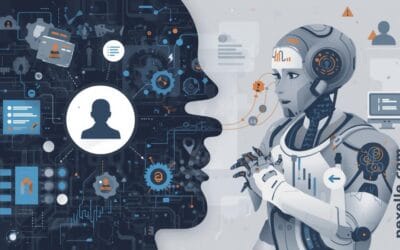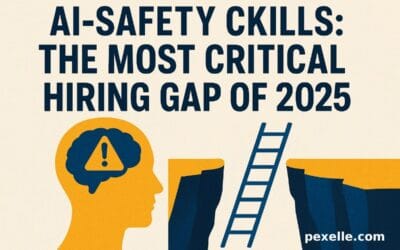Automation and Robotics: Support and Impact of New Technologies on Technical and Administrative Jobs

In the contemporary world, automation and robotics are becoming increasingly pivotal in reshaping industries, organizations, and job roles. From factory floors to corporate offices, the rapid advancements in these technologies are both supporting and transforming various sectors, particularly technical and administrative work. This article delves into how automation and robotics impact technical and administrative jobs, exploring the benefits, challenges, and broader implications of these innovations.
Introduction to Automation and Robotics
Automation refers to the use of control systems (such as computers or robots) to handle various processes and machinery in an industry, reducing the need for human intervention. Robotics is a branch of technology that deals with the design, construction, and operation of robots, often combining elements of engineering, computing, and artificial intelligence. These technologies are not only streamlining processes but also creating new opportunities and challenges within the workforce.
Support for Technical Jobs
- Enhancing Precision and Efficiency Automation and robotics have significantly improved the precision and efficiency of technical jobs. In fields such as manufacturing, robotics plays a crucial role in performing complex tasks with greater accuracy, reducing human error. Robots are capable of handling delicate, repetitive, or dangerous tasks, allowing human workers to focus on more creative and complex problem-solving tasks.
- Creating New Roles and Skillsets The rise of automation has also led to the creation of new technical roles that require specialized skills. For example, roles like robot maintenance engineers, automation specialists, and AI programmers are in high demand. These positions require individuals to have expertise in both technical aspects and programming, creating a need for continuous education and adaptation in the workforce.
- Improving Workplace Safety In technical environments where safety is a concern (such as in hazardous industries like chemical plants or mining), robots and automated systems can take over risky jobs, reducing workplace accidents and injuries. This technology not only safeguards employees but also ensures that technical operations are carried out smoothly and efficiently.
Support for Administrative Jobs
- Automating Repetitive Tasks One of the most significant impacts of automation on administrative jobs is the automation of repetitive tasks. Administrative workers often deal with time-consuming activities such as data entry, document management, and scheduling. Robotic Process Automation (RPA) can handle these tasks, allowing employees to focus on more value-added activities like strategic planning, customer interaction, and decision-making.
- Improved Data Management and Analytics Automation and AI can process large volumes of data with speed and accuracy. For administrative professionals, this means that they can access real-time information, generate reports, and make data-driven decisions quickly. Tools such as AI-powered chatbots and virtual assistants can also streamline communication, reducing workload and improving productivity in administrative tasks.
- Enhancing Customer Service Administrative roles, especially in customer-facing positions, benefit from automation through AI-driven chatbots and virtual assistants. These technologies can answer customer queries, process requests, and manage communication, freeing up human workers to focus on complex issues or personalized customer service. As a result, customer service teams can deliver more efficient and consistent support, improving client satisfaction.
The Challenges and Impact on Employment
While automation and robotics bring numerous advantages, there are also challenges, particularly in terms of employment. The integration of these technologies may lead to job displacement in certain areas, particularly for roles that involve manual or routine tasks. However, it’s essential to note that new jobs are often created as a result of these technological advances, requiring workers to adapt by acquiring new skills.
- Job Displacement Jobs that rely on routine, manual labor or simple administrative tasks are most at risk. For instance, assembly line workers and administrative assistants might face displacement as robots and AI systems take over their tasks. This shift can lead to concerns over unemployment and job insecurity, particularly for individuals without the resources to retrain or adapt to new roles.
- Reskilling and Upskilling To mitigate the impact of job displacement, there is a growing emphasis on reskilling and upskilling workers. Governments, organizations, and educational institutions are offering training programs to help workers acquire the skills needed to thrive in an increasingly automated world. For technical roles, this might include programming, robotics, and AI-related skills, while for administrative roles, it may involve learning how to use automation tools and analyzing data.
- Job Creation While automation displaces certain jobs, it also creates new roles in emerging fields. The demand for engineers, data scientists, and AI specialists is rising rapidly. Furthermore, industries that implement automation need experts to design, maintain, and improve the systems. Thus, workers who adapt to new technologies will find opportunities in these expanding sectors.
Conclusion
The integration of automation and robotics into technical and administrative jobs brings about significant improvements in efficiency, precision, and safety. While these technologies offer considerable support, they also introduce challenges, particularly regarding job displacement. However, through reskilling initiatives and adapting to new roles, workers can harness the opportunities presented by automation and robotics to shape a more dynamic and efficient workforce.
In the coming years, industries that successfully embrace automation and robotics will experience significant growth, and the workforce will become increasingly skilled and adaptable. The key to navigating this transformation is a proactive approach to education, continuous learning, and the effective management of technology’s impact on labor markets.
Source : Medium.com




